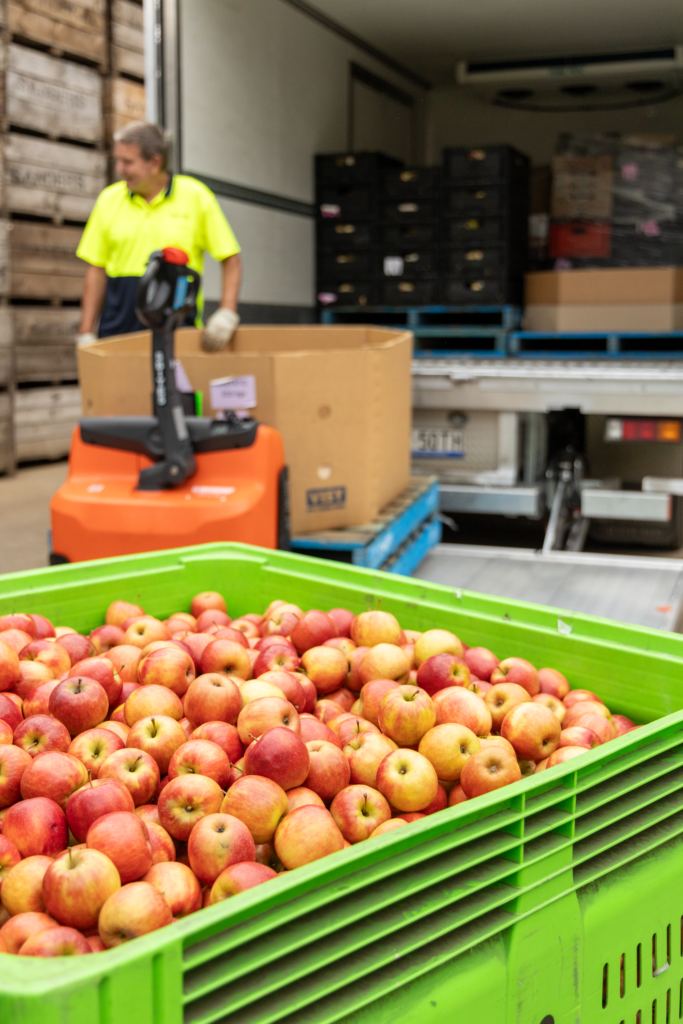The Future is Farm Fresh: How SecondBite’s Food Rescue Model Could Feed Australia’s Food Insecure
Australia’s largest food rescue organization, delivering food free of charge, is set to extend its reach from the shop floor to the farm gate as it steps up its bid to rescue and repurpose surplus food from farms. SecondBite has been delivering surplus food to people experiencing food insecurity in every state and territory of Australia since 2005, rescuing 25 million kg of unsold, edible food in Fiscal Year 2023 alone. But the surplus it distributes from markets, shops, supermarkets, and other retail outlets represents just 7% of total food waste in the country. Now the organization is setting its sights on the 40% of fruit and vegetables discarded at the farm gate, the bananas that are slightly too bent for supermarket standards, the apples with some hail damage, and potatoes that have retained too much water and wouldn’t make the grade with the buyers. The list is endless.
SecondBite says that it is these fruits and vegetables that are needed most to help support the healthy food requirements of vulnerable Australians, and is in discussions with its farming clients and philanthropic and freight partners to launch the Farm Fresh Project as a pilot.
It’s not the first organization to distribute food surplus in an effort to redress the double hit of food waste in Australia as a significant contributor to climate change and the nation’s growing food insecurity. But SecondBite’s expertise in national food logistics, operations, food rescue, storage, and redistribution could be a vital contribution to the national program and save more food from farms, regional hubs, wholesalers, and packing and redistribution centers to meet shortfalls in supply and increasing demand. Using its existing retail food rescue model, SecondBite aims to provide a regular stream of fresh produce into the food relief supply chain with some of Australia’s largest growers, manufacturers, and freight companies.

Like so many Western countries, the disconnect between home-grown food in an export-oriented agricultural industry and the food needs of the people who live there is huge. Australia produces more than enough food for its population of 26 million people, according to End Food Waste Australia, yet nearly 30% of that food is wasted. And the annual 17.5 million tonnes of CO2 in waste contributes significantly to environmental stress; Australia is responsible for some of the world’s highest mammal extinction rates, according to the World Wildlife Fund because of its shift in use of its land for agriculture.
The immorality of a wasteful food system doesn’t just affect the 48% of Australians who, according to the SecondBite Food Insecurity Survey Report 2023, admit to cutting back on or skipping at least one meal a week due to economic/financial reasons; the damage to localized ecosystems and stress on water supplies contributes to the dangerous increase in the effects of climate change in Australia.
It’s a win-win solution to food waste; SecondBite says that its pilot project which aims to rescue 500,000 kg of bananas every year, could save an estimated 950,000 kg of CO2e per annum. Even without an increase in bananas redirected from landfill, over 10 years that’s 9.5 million kg of CO2e prevented from entering the atmosphere while helping to improve the health and wellbeing of people needing food relief in Australia.
Learn more about SecondBite.
